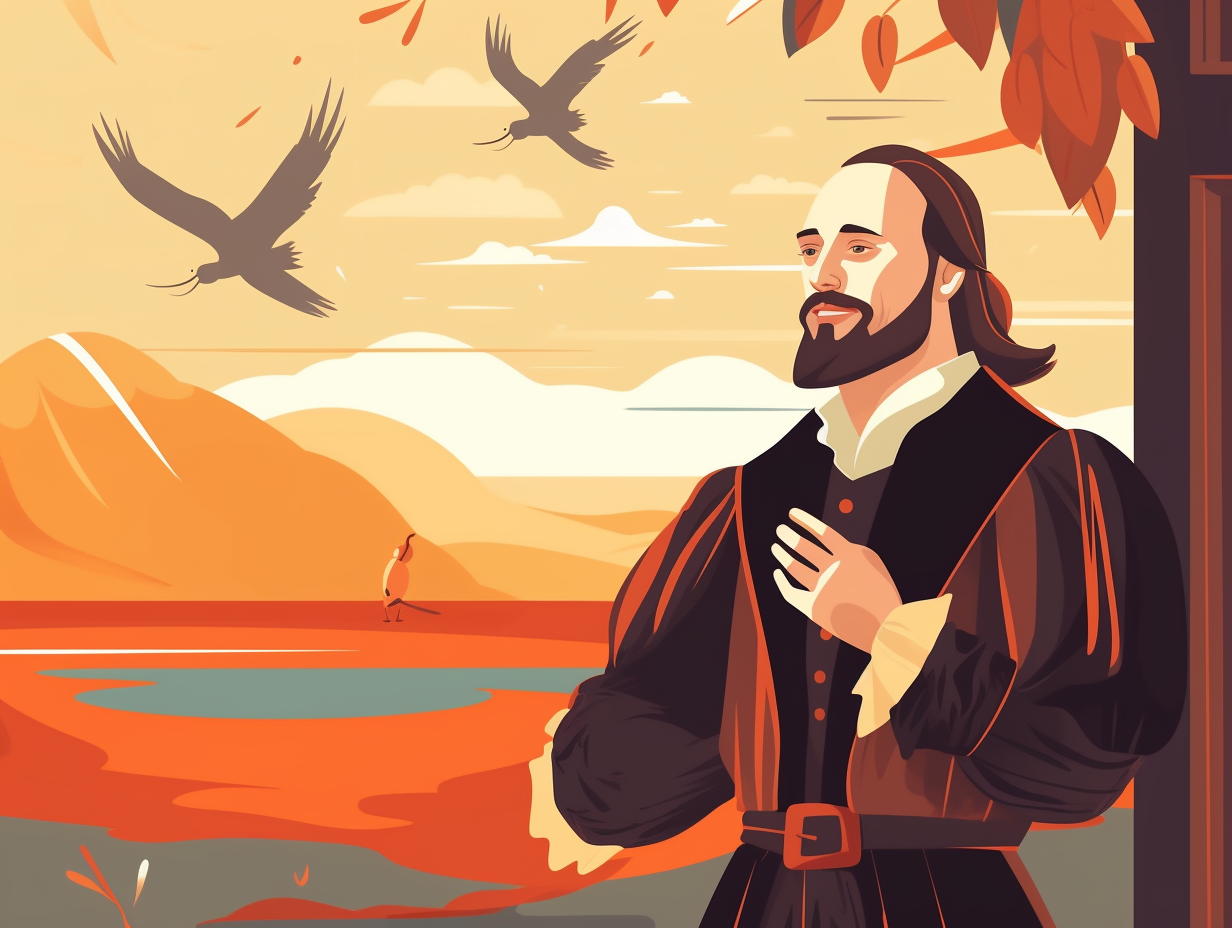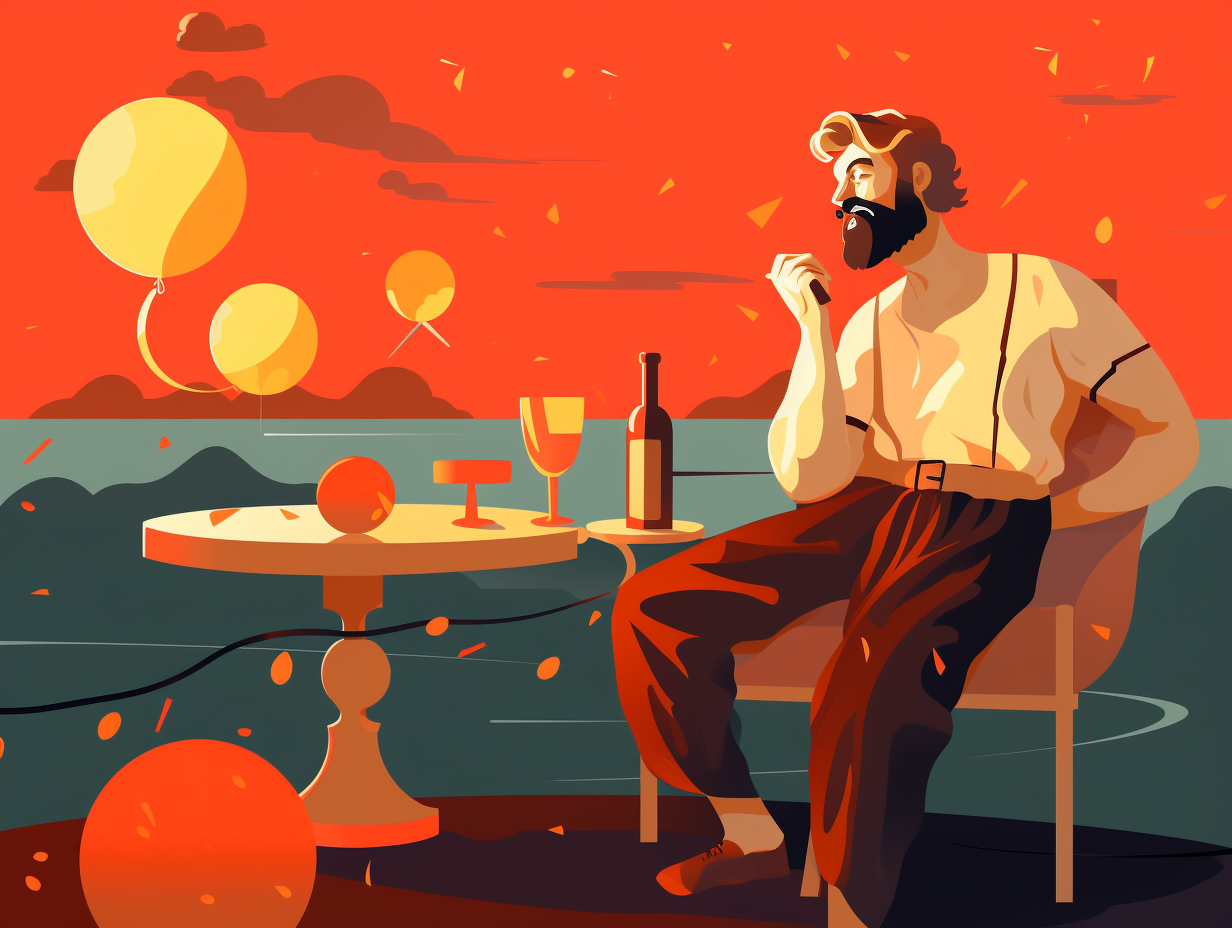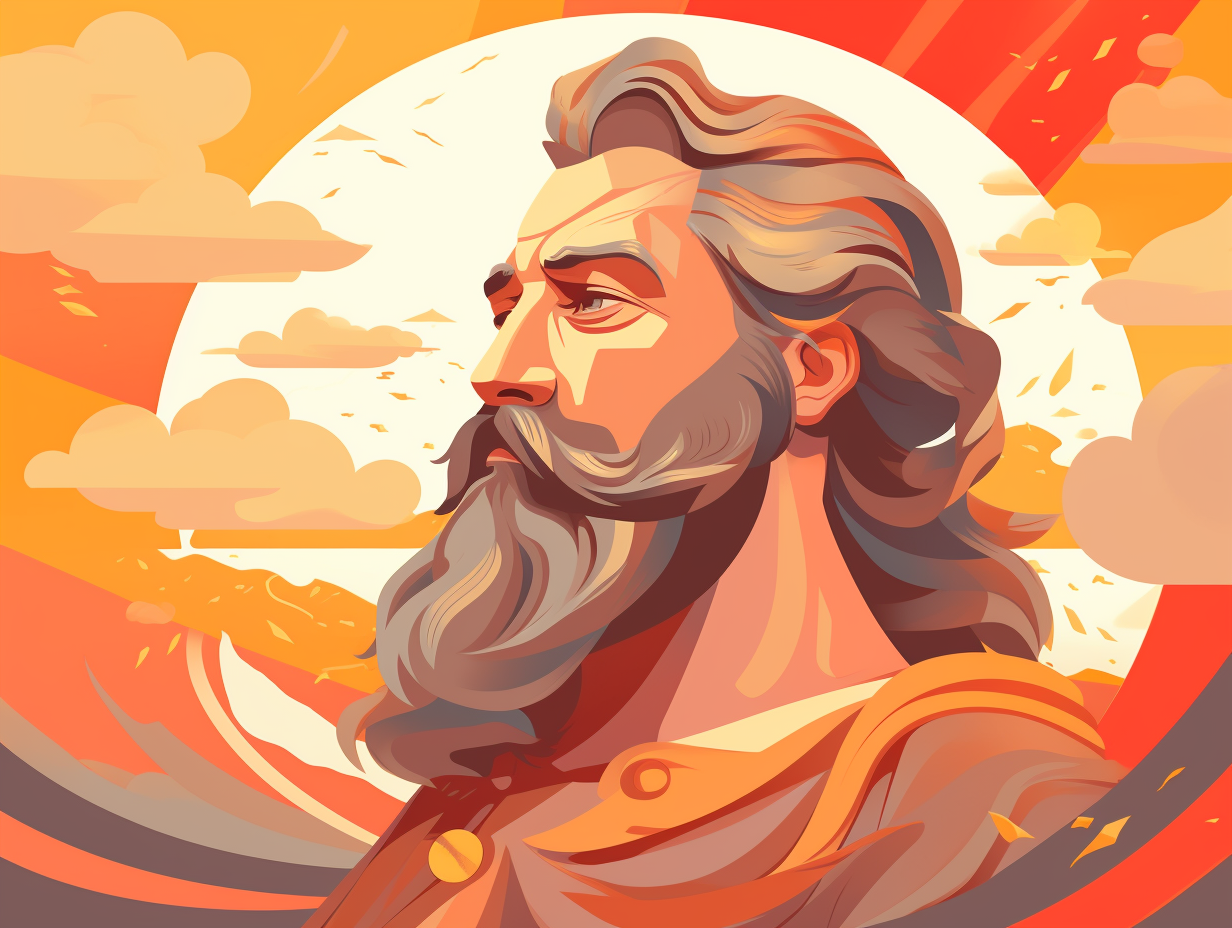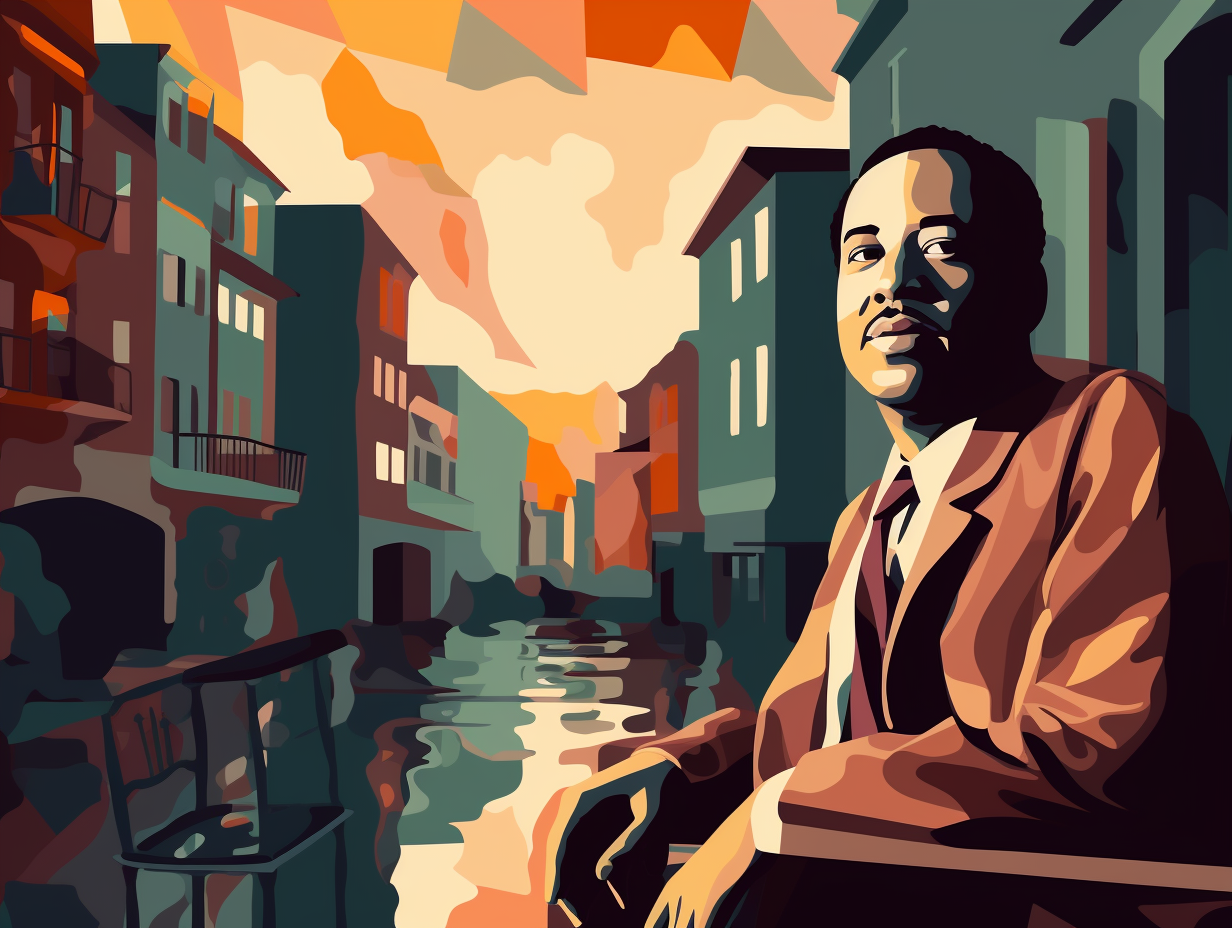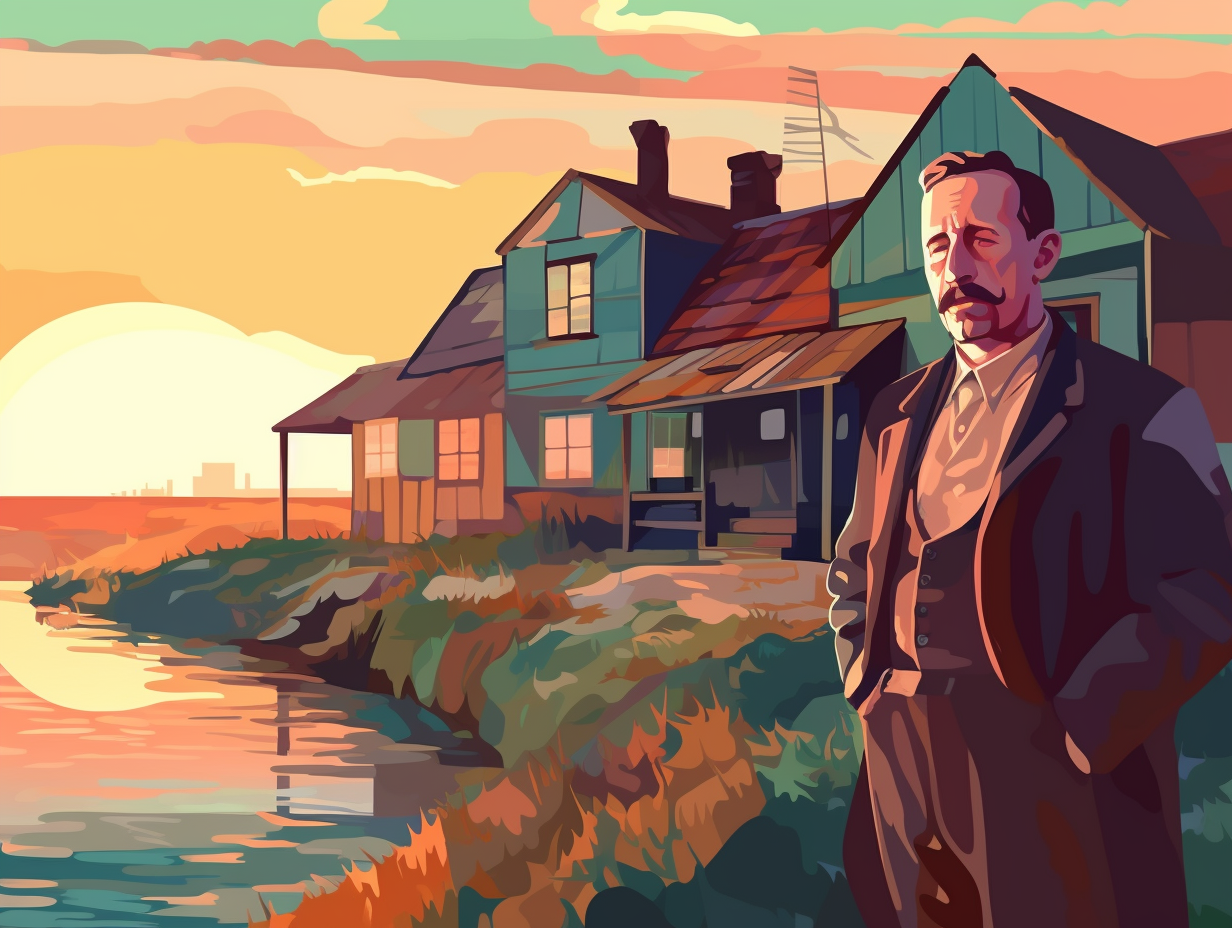Exploring the Mind of a Literary Genius: Top 11 Fun Facts About Miguel de Cervantes
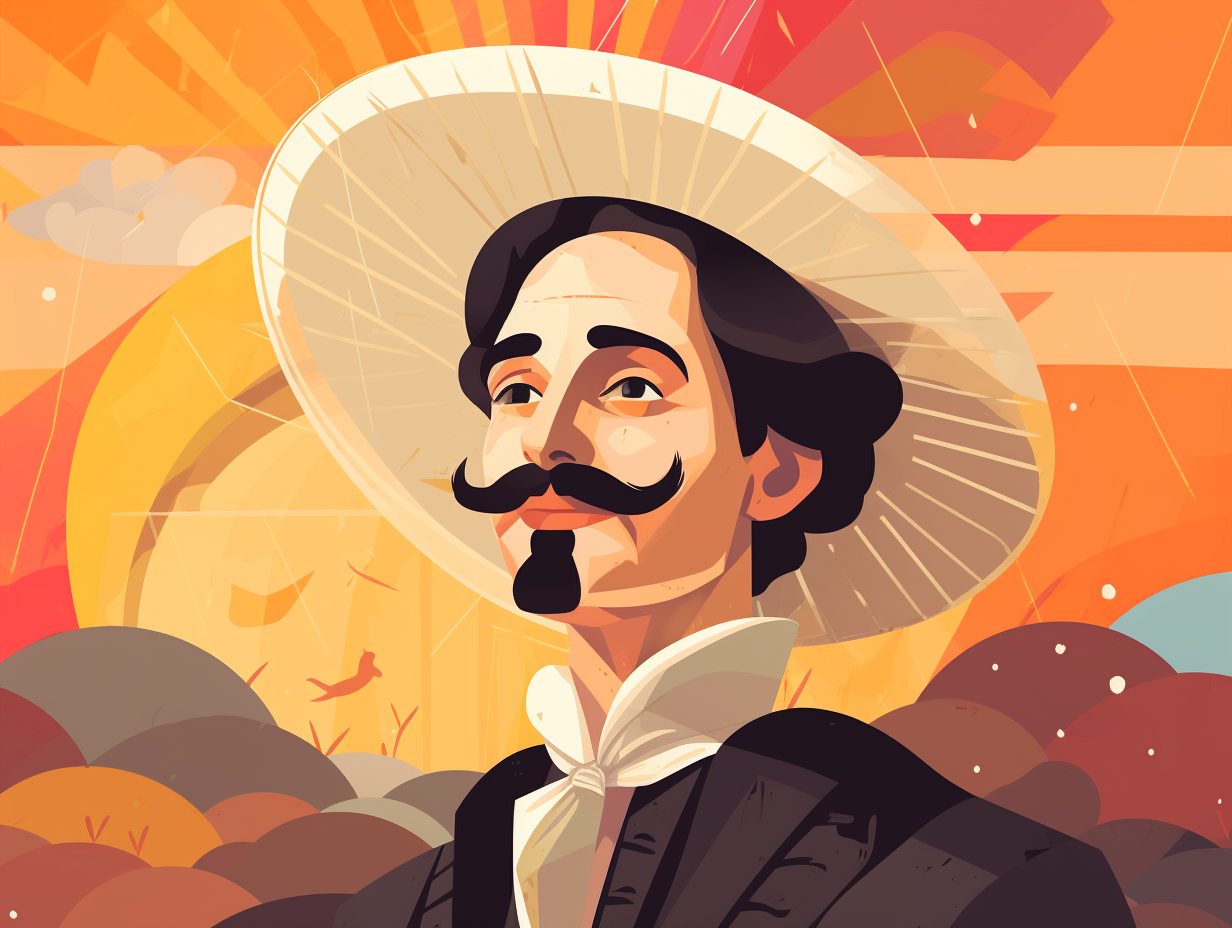
1. Cervantes: Soldier, Tax Collector, & Prisoner
Before Don Quixote was tilting at windmills, his creator, Miguel de Cervantes, was juggling a wild kaleidoscope of careers and unfortunate mishaps: not only did this Renaissance man serve as a soldier, tax collector, and government official, he also got cozy in prison cells twice – once when his coin purse ran a little light and he couldn't pay his debts, and another time when Barbary pirates played party poopers during his Spanish Navy gig.
Source => britannica.com
2. Cervantes' Illegitimate Actress' Child
While most men worry about empty nests and late blooming children to explain their mid-life crises, Cervantes officially settled for an "illegitimate" actress's child as his own: Miguel de Cervantes had a daughter named Isabel de Saavedra, born to the actress Ana Franca de Rojas, even though he was married to Catalina de Salazar y Palacios, with whom he had no children.
Source => biography.com

Did you know that J.K. Rowling faced twelve rejections before her magical Harry Potter book found success with the lucky 13th publisher? Discover how she overcame adversity to become a literary luminary. ✨
=> Fun Facts about Authors
3. Shakepeare and Cervantes' Calendar Clash
If Shakespeare and Cervantes walked into a bar, they'd still need a calendar to figure out when to leave: Miguel de Cervantes, the Spanish novelist known for Don Quixote, died around April 22nd or 23rd, 1616, and, though often mentioned alongside Shakespeare, who also departed in 1616, their deaths were actually 10 days apart because England and Spain were using different calendars at the time.
Source => uh.edu
4. Don Quixote's Glittering Not-Gold Success
They say "all that glitters is not gold," but Miguel de Cervantes may have chuckled at that proverb upon first publishing Don Quixote: Despite its initial modest profits, the novel soon skyrocketed to widespread re-publication and translation across Europe and Spain's American colonies, eventually securing its place as one of the greatest novels of all time.
Source => history.com

5. Cervantes' Armchair Critic Misconception
You might call Miguel de Cervantes the original "armchair critic": in truth, he didn't lose his hand in the Battle of Lepanto as commonly believed. Rather, he suffered injuries to his chest and left arm during the altercation, possibly resulting in a partial or temporary paralysis of his left hand. But fear not, admirers of Cervantes - our literary maestro continued to wield his pen, leaving no evidence that his famed writing hand was ever fully disabled.
Source => en.wikipedia.org
6. Don Quixote's Chivalrous Windmill Adventures
When giants roamed the earth, or rather windmills misunderstood as titanic foes, one brave man decided to take them on, armed with nothing but his trusty makeshift armor and an unwavering sense of honor: Meet Don Quixote, the brainchild of Miguel de Cervantes, who embarked on chivalrous adventures with his loyal sidekick Sancho Panza, battling imaginary giants and serenading an idealized lady love, Dulcinea, all in the pursuit of knighthood and romantic ideals.
Source => study.com
7. Cervantes: Lost Poetic Legacy
You know what they say, "You've got to break a few quills to write a masterpiece" – or at least that's what Miguel de Cervantes might have thought when it came to poetry: While his first work, La Galatea, contained several of his poems, unfortunately, much of his poetic endeavors didn't survive the test of time, but his romantic literary prowess can still be admired in La Galatea.
Source => study.com
8. Rocinante: A 21st Century Reinvention
Hold your horses, it's not just a one-horse town: Miguel de Cervantes didn't actually base Don Quixote's trusty steed, Rocinante, on a childhood pal's old nag as once thought. On the 400th anniversary of the book's debut, Rocinante found himself trotting into the 21st century, thanks to design engineer Mahmoud Al-Swedy of Oyma3D, who meticulously crafted a 3D model of the legendary equine. Collaborating with an international stable of artists and vendors from Egypt, Spain, Holland, and the USA, this mane event showcased the neigh-ver-ending influence of one of the most translated and revered literary masterpieces ever penned.
Source => artofthehorse.net
9. Cervantes' Valor in the Battle of Lepanto
In a world where giving a hand can be taken literally, our dear Miguel dared to go beyond our wildest interpretations: De Cervantes traded his left hand for a valorous token of honor during the Battle of Lepanto, proudly wearing his war wound as proof of his heroic escapades.
Source => vhlblog.vistahigherlearning.com
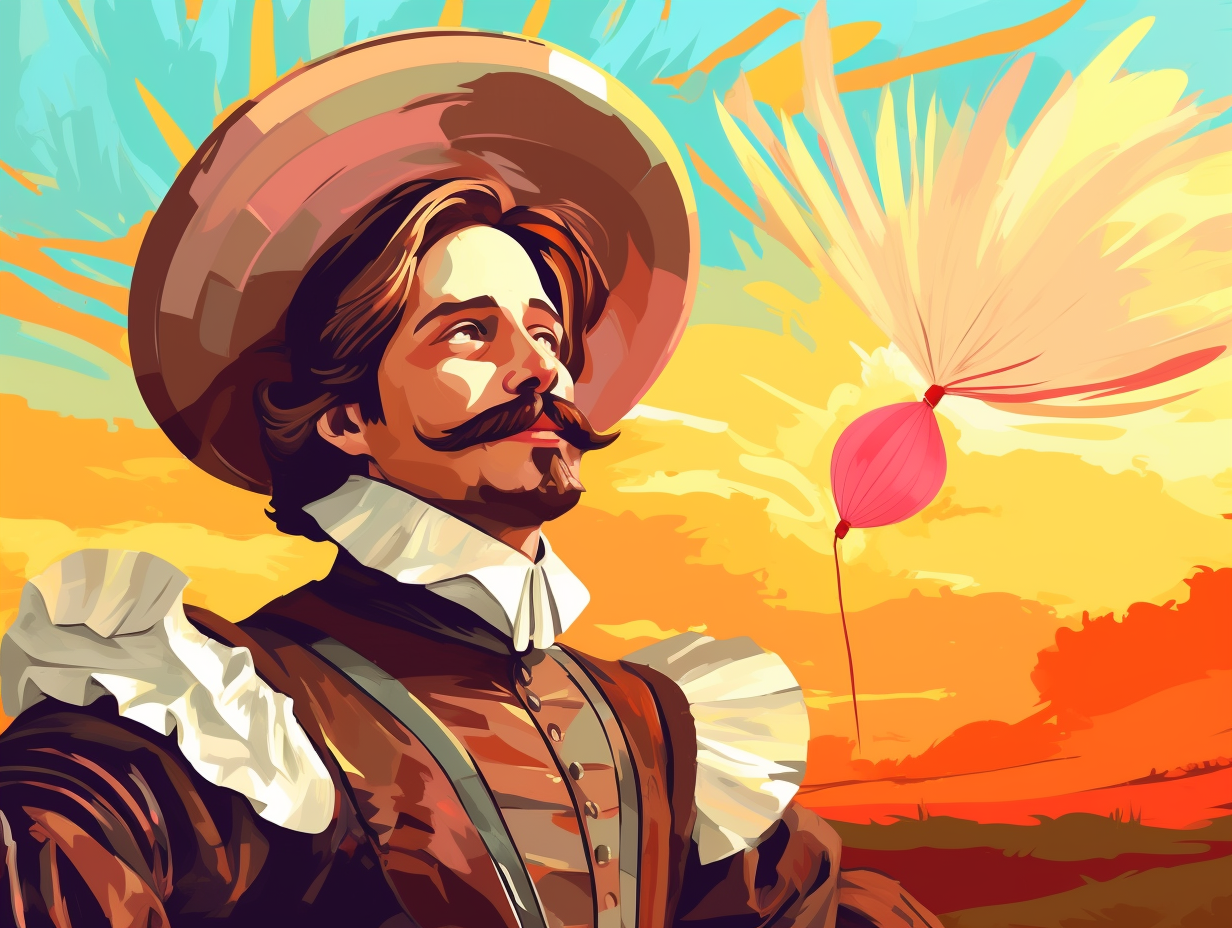
10. Cervantes: Daddy Daycare & Tax Collecting Jailbird
Before chivalrously tilting at windmills became a bestseller, our man Cervantes was juggling several side hustles, including an ill-famed role as daddy daycare and an even more ironic stint as tax collector turned jailbird: Miguel de Cervantes, renowned for his literary masterpiece Don Quixote, found himself embroiled in financial troubles throughout his life, working as a commissary for the Spanish Armada, fathering an illegitimate daughter, and even spending time in prison for discrepancies in his tax accounts, all the while solidifying his legacy as the founding father of Latin American literature.
Source => spanish.academy
11. Cervantes: The Non-Bond Secret Agent
If Shakespeare and James Bond had a Spanish lovechild, it certainly wouldn't be Miguel de Cervantes, despite popular opinion: Although he did work as a purchasing agent for the Spanish government, there is no concrete proof to suggest he moonlighted as a secret agent; instead, Cervantes's penchant for adventure and stint as a soldier led to his capture by Barbary pirates and five years of enslavement—an ordeal that eventually inspired his legendary creation, Don Quixote.
Source => en.wikipedia.org
Related Fun Facts





